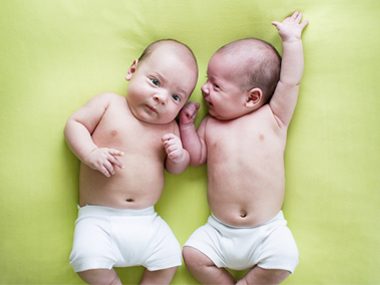
To tell twins apart, look at their…
…belly buttons! Navels are scars from the detachment of the umbilical cord after birth, so they aren’t caused by genetics. Another way to determine who’s who: Take fingerprints. Identical twins may share DNA, but exposure to different areas of the womb during development affects the fingertips’ ridges and whorls.
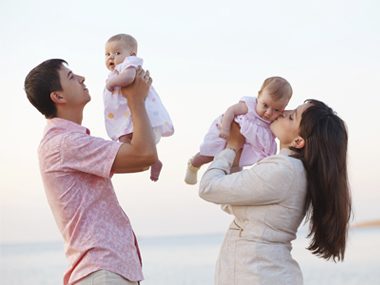
Twins can be conceived by two different fathers
Heteropaternal superfecundation occurs when a woman has sex with more than one man during ovulation. Sperm from each man fertilizes an egg, resulting in twins. Though this phenomenon is common in dogs and cats, it’s extremely rare in humans.
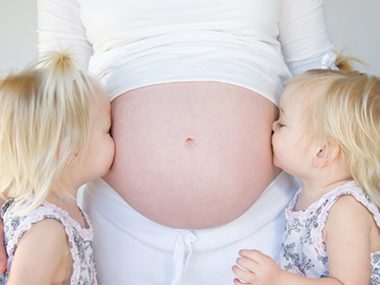
The chance of having twins is much higher than it was 30 years ago
The birthrate for twins has increased 76% since 1980, an uptick that some experts attribute to older women having children (women in their thirties are more likely than women in their twenties to have twins). Or maybe women are getting taller: A Long Island Jewish Medical Center study found that women who birth twins or other multiples were, on average, more than an inch taller than women who only birthed one child at a time.
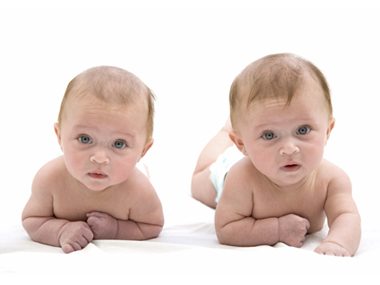
Fetuses that share a womb and a birthday aren’t necessarily twins
An extremely rare condition called superfetation occurs when a pregnant woman continues to menstruate and a second embryo forms. Often, the fetus conceived last is born prematurely, while the fetus conceived first is carried to term, but in some cases, the babies are born on the same day.
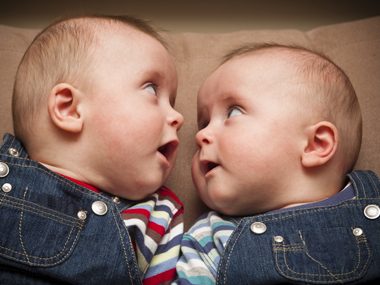
Twins speak their own language
What sounds like kids’ babbling could actually be cryptophasia, a language developed between twins that only they can understand. Research published in the journal Institute of General Linguistics found that twin babies often use each other to learn vocabulary. The research estimates that up to 40 percent of twins create a private language.
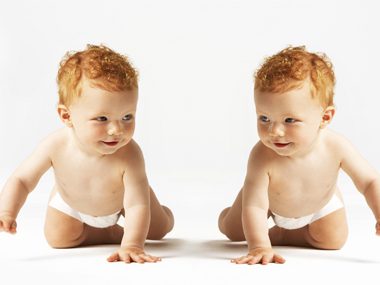
Some twins are mirror images of each other
When a fertilized egg splits later than usual, identical twins’ appearance and other traits can mirror each other. For example, one twin may have a birthmark on her left arm, while the other twin has a birthmark on her right or one twin may be right handed and the other left-handed. In extreme cases, one mirror-image twin’s organs may be reversed, with the heart on the right and liver on the left.

Twins may help mom live longer
University of Utah researchers who studied birth and death records between 1800 and 1970 found that the mothers of twins tend to live longer than moms without twins.
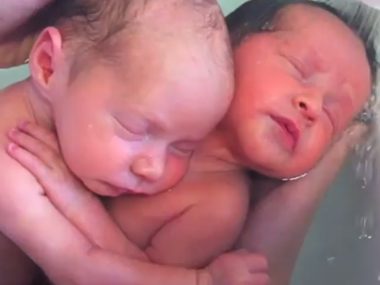
Twins bond in the womb
If you’ve ever seen this video of newborn twins being bathed for the first time, it won’t come as a surprise to hear that twins may begin interacting the in womb as early as 14 weeks into a pregnancy.